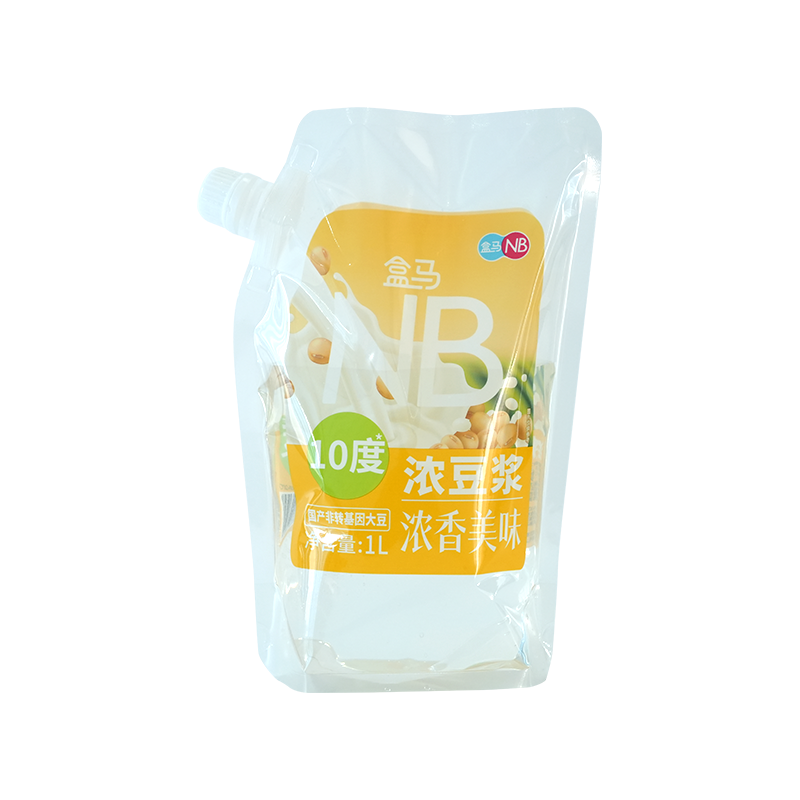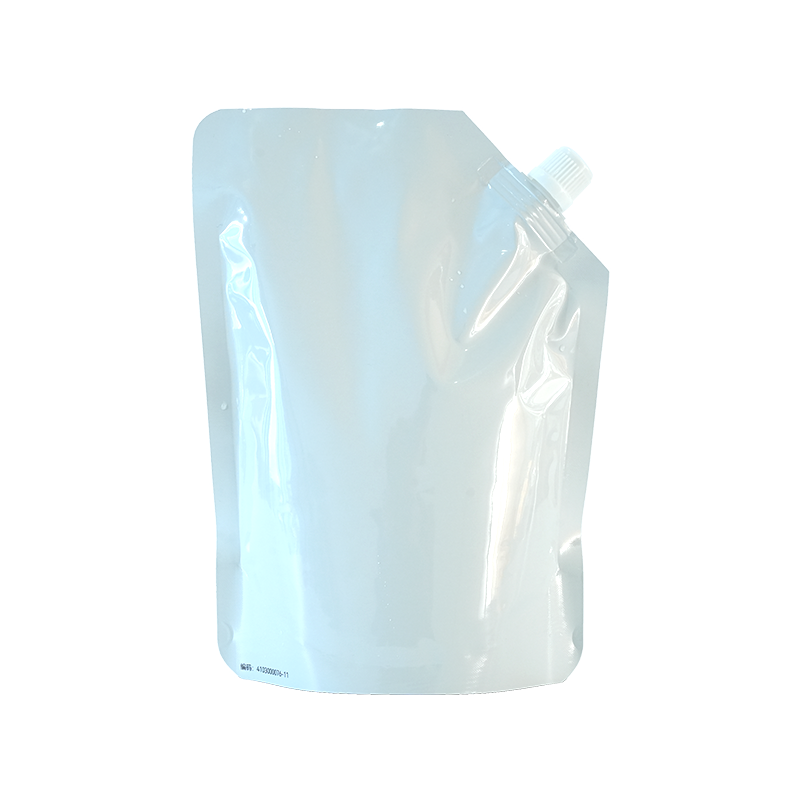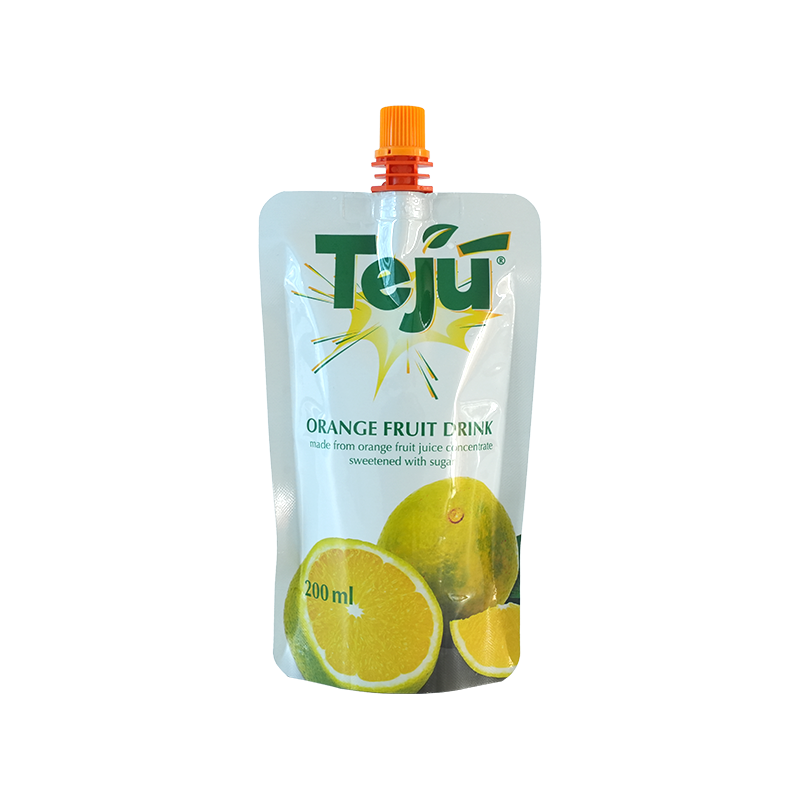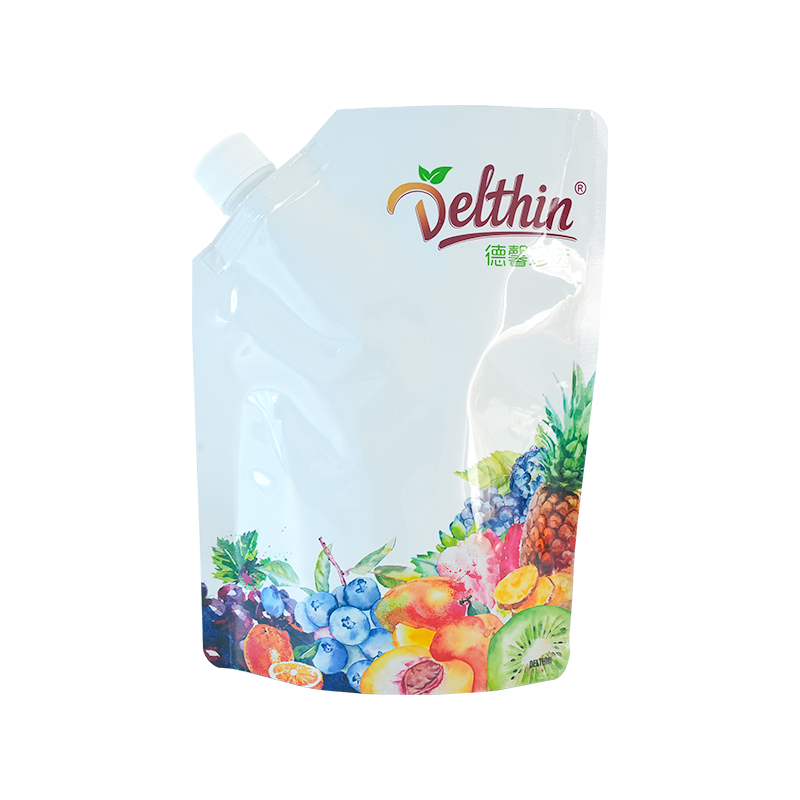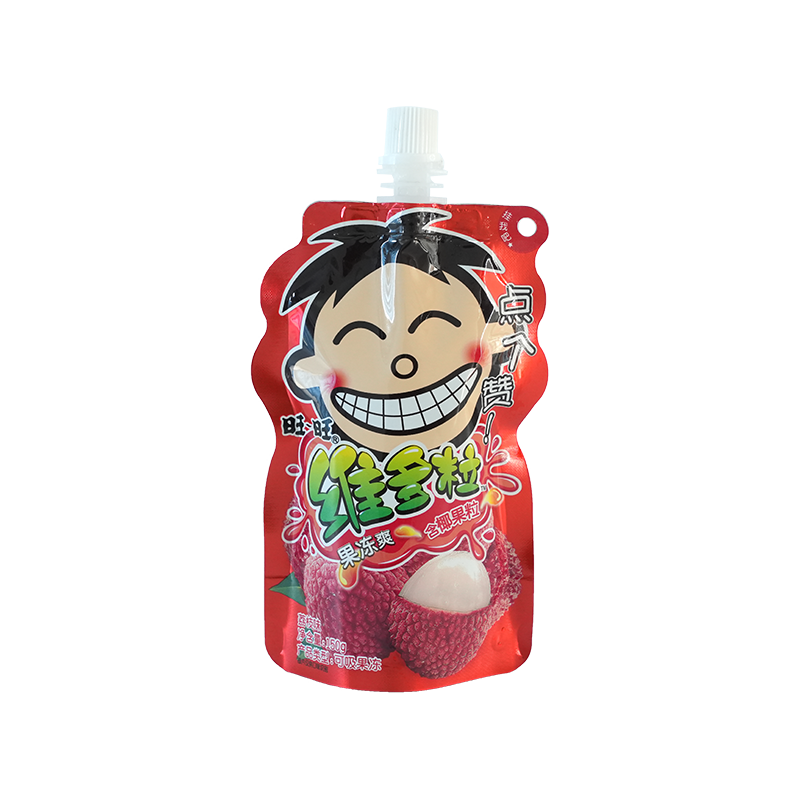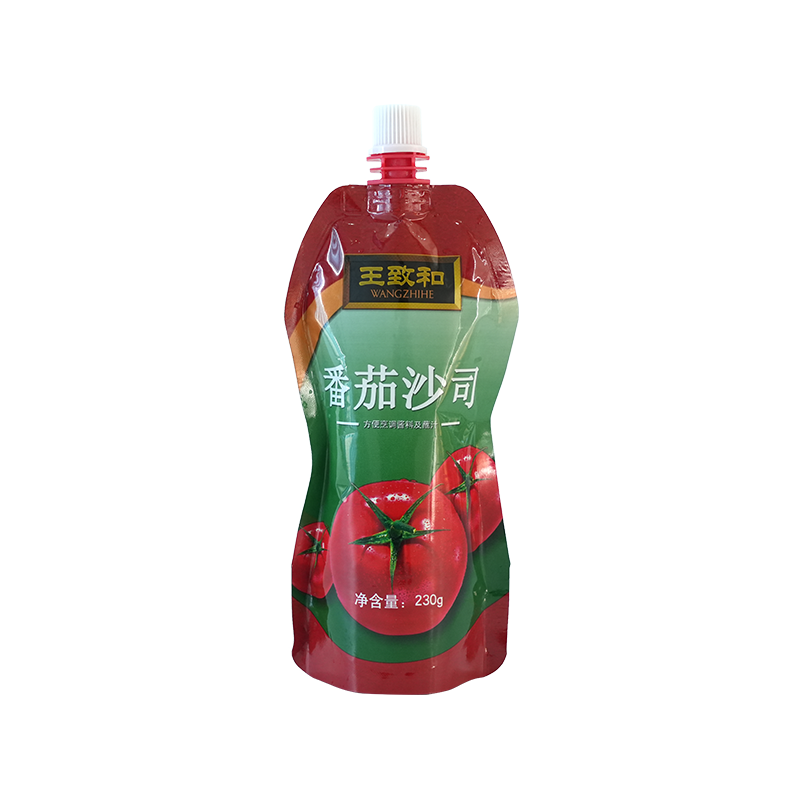In the continuous iterative development of packaging materials, the easy-tear sealing film stands out with its unique opening performance and has become an ideal choice for many product packaging. In-depth exploration of the principles behind it will find that the realization of this performance is due to the exquisite structural design, especially the clever use of multi-layer composite structure.
The multi-layer composite structure of the easy-tear sealing film is not a simple superposition of materials, but a carefully designed and scientifically proportioned structure. The layers of materials work closely together to achieve the dual goals of ensuring the integrity of the packaging and being easy to open. The selection of its outer layer material is crucial, and materials with high strength and good wear resistance are usually selected. These materials give the film the ability to resist external physical impact and friction during transportation and storage. In the bumps of logistics transportation, or in the daily movement of shelves, the outer layer material can effectively protect the interior of the packaging from damage and prevent damage caused by external forces, thereby ensuring that the product remains in good condition when it reaches the hands of consumers.
The inner heat-sealing layer is the core of the easy-tear sealing film to achieve easy opening. In order to achieve a specific tear-away performance, the inner heat-sealing layer will be treated with a special formula and process. In terms of formula, by adding specific additives, the molecular structure and properties of the material are adjusted so that it can form a good bond with other materials during the heat-sealing process, and at the same time reduce the peel strength between each other when it needs to be torn. In terms of process treatment, parameters such as heat-sealing temperature, pressure and time are precisely controlled. The appropriate heat-sealing temperature can fully integrate the inner layer material with the surface of the packaging container to form a firm seal; precise pressure ensures the uniformity of the heat-sealing area to avoid local lax sealing or excessive fusion; the appropriate heat-sealing time ensures that the material achieves the best heat-sealing effect. Through such a process, while ensuring that the seal is tight enough to prevent the contents from leaking and deteriorating, consumers only need to apply a small force when opening it to tear the seal neatly in the predetermined direction.
In a multi-layer composite structure, the synergy between the materials of each layer cannot be ignored. The complementary properties of different materials make the easy-to-tear sealing film have the characteristics of easy tearing while meeting other needs in different application scenarios. For example, in the field of food packaging, the tear-off sealing film must not only ensure easy opening, but also have good barrier properties to prevent oxygen, water vapor, etc. from entering the packaging and affecting the quality and shelf life of the food. At this time, in addition to the outer and inner layer materials, the middle layer may add materials with high barrier properties, such as ethylene-vinyl alcohol copolymer (EVOH), etc., to work together with the outer and inner layer materials to form a complete protection system. In the packaging of daily chemical products, the selection and combination of each layer of materials will also be specially considered for the corrosive effect that certain chemical components may have on the packaging materials, to ensure that the tear-off sealing film can protect the product stably for a long time while achieving easy opening.
From a microscopic perspective, the structural design of the tear-off sealing film also involves the molecular arrangement and interface properties of the material. After special treatment, the arrangement of the molecular chains of the inner heat-sealing layer material will change, forming a state that is both interconnected and relatively easy to separate. When consumers apply external force to tear the seal, the force between the molecular chains can resist the external force to a certain extent, but it will not be too strong, thus achieving an easy and controllable opening process. The interfacial bonding force between the layers of materials has also been optimized to ensure that under normal use, the layers are tightly bonded and there will be no stratification; when tearing, the bonding force at the interface can cooperate with the inner heat-sealing layer to allow the seal to be torn smoothly.
It is this careful control from macroscopic structural design to microscopic molecular level that enables the easy-tear sealing film to show unique value in the packaging field. It not only brings a convenient user experience to consumers, but also provides a better solution for product packaging, playing an important role in meeting the modern market's demand for packaging convenience, safety and functionality.

